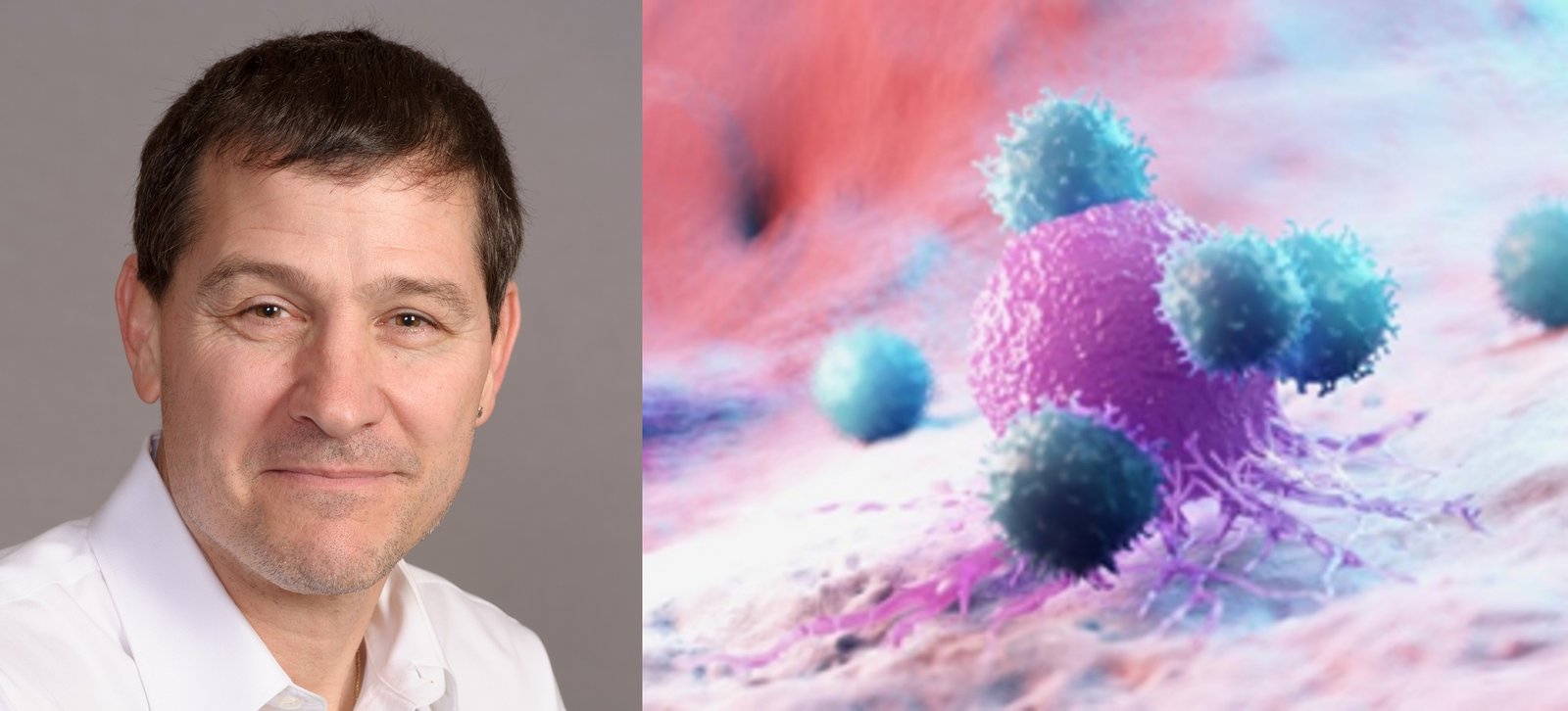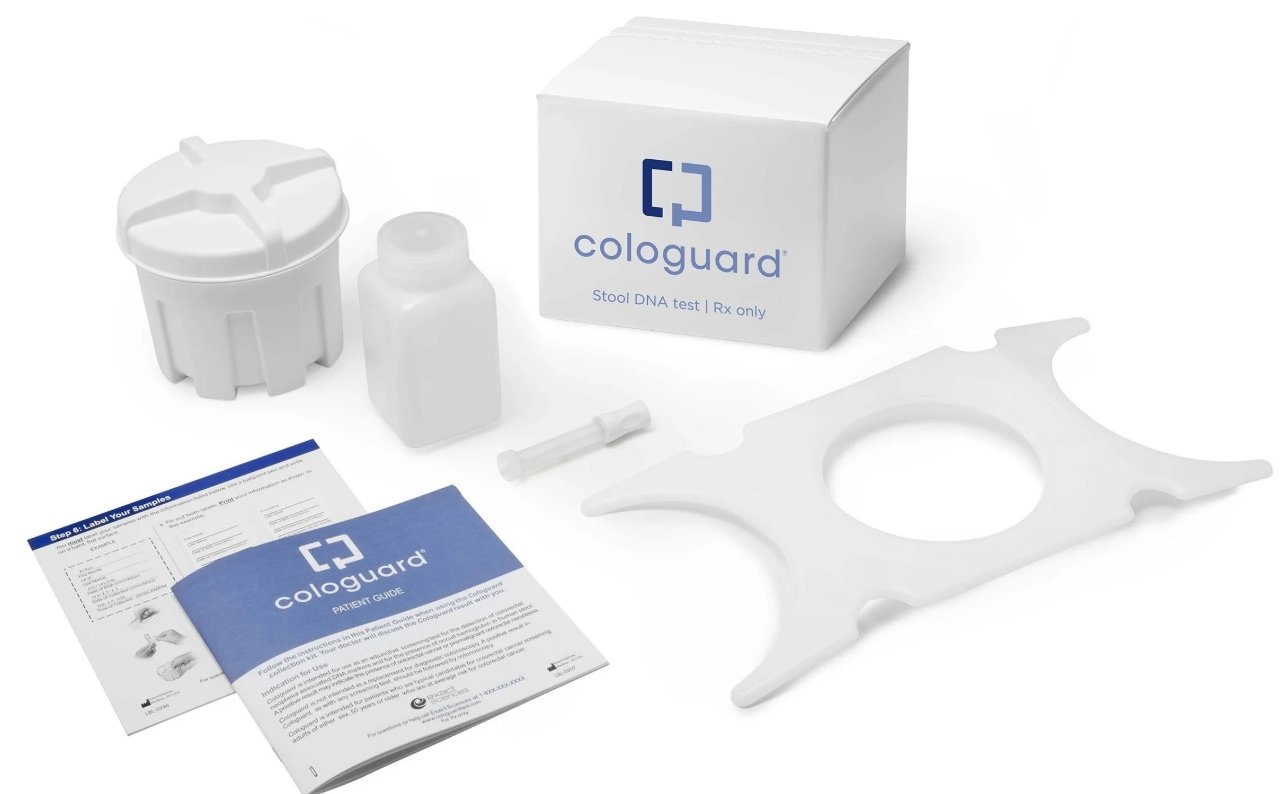
David Ferrick, PhD, Associate Vice President, Cell Analysis Division, Agilent Technologies
There are predictions that the number of cancer cases in Asia will keep rising, as people in this region become wealthier and lead sedentary lives and adopt unhealthy lifestyles, according to the Economist Intelligence Unit.
Although the COVID-19 pandemic has significantly complicated health care delivery systems in every country around the world, it has had significant impact on cancer treatment in Asia, especially in lower to middle income countries. A not-unreasonable fear of being exposed to the virus leads patients to avoid healthcare facilities and postpone or cancel necessary screening, meaning that diagnoses are delayed until later-stage disease has developed, requiring more vigorous intervention and diminishing prognosis. In the peaks of the pandemic, many healthcare services saw a reduction in routine cancer treatments for patients due to capacity issues and the precedence of accommodating patients suffering with COVID-19 requiring hospitalisation. For example, in some countries like the Philippines, cancer patients were no longer able to attend advanced medical facilities and were dispatched to the wider community without any continuity of care.
While the world shifts full attention to the impact and development of the pandemic, it is imperative that medical systems continue diagnosis and treatment of other diseases. It cannot be stressed enough, as Guzman and Malik stated in a recent study on COVID and cancer in Asia, “The probable survival benefits of receiving cancer treatment still far outweigh the risks of death resulting from COVID-19.”
According to the World Health Organization (WHO), cancer was the second-most leading cause of death globally in 2018, responsible for nearly one in six deaths. Nearly every fifth person (21% of men and 18% of women) will over the course of their lifetime be confronted with the disease according to the Cancer Atlas, and despite the growing advancements in the scientific field 13% of all men and 9% of all women worldwide will lose the battle with the disease. Cancer also has a significant economic impact. Researchers have set out to estimate the annual economic cost of cancer; a 2010 estimation put it at approx. US$1.16 trillion.2 The Cancer Atlas, which was launched to provide more information about the global burden of cancer, found that “In the US in 2017, estimated cancer healthcare spending was US$161.2 billion; productivity loss from morbidity, US$30.3 billion; and premature mortality, US$150.7 billion. The economic burden of cancer in the US is approximately 1.8% of gross domestic product (GDP).”
Disparities in cancer diagnosis and treatment also shine a bright light onto the correlation between a country’s economic level and cancer survival. Citizens of highly developed countries have access to the best of medical treatment available, which are often too expensive or unavailable for low-income countries. With a better healthcare system in general, cancer can be detected earlier in wealthier economies, which has a significant impact on survival rate.
The situation in Asia Pacific:
The past decades have seen a significant increase in life span with a concomitant rise of diseases that were predominantly seen in the West. Alongside cardiovascular diseases, the Asia Pacific region has seen a spike in cancer cases across all types of cancers. As a blog post on the Asian Development Bank’s website succinctly states: “Asia accounts for 60% of the world population and half the global burden of cancer […] which is set to increase to 70% by 2030.”
Already the region is experiencing a disproportionate mortality burden, with the Cancer Atlas reporting that nearly 60% of all cancer deaths were reported from this region in 2018.2 Part of the reason why a diagnosis of cancer in the Asia Pacific region has higher mortality cases attached to it is due to systemic healthcare accessibility. A significant number of cancer patients are discovered during advanced clinical stages, which translates into slim survival rates.
Although longer life-span accounts for some of the increase in cancer prevalence, known, preventable lifestyle factors also contribute to this. Increased tobacco consumption, excess alcohol consumption, obesity, and infections, have all been identified as major cancer risk factors. And these often increase with economic development. For example, in a recent analysis of National Health Service Survey data covering over 200,000 individuals, Wang and coworkers found a 48.2% increase in the prevalence of obesity between 2013 and 2018 in young adults in China. Such a dramatic increase in such a short time threatens to have a significant impact on overall morbidity and mortality in coming decades.
Personalized cancer treatment as the new standard of treatment
Despite the urgent need to find more accessible and better treatment options for cancer, the standard of care in many situations remains some combination of chemotherapy, surgery, and radiotherapy. All of which have been standard treatments of cancer for decades now. However, despite ongoing efforts to improve the therapies and reduce adverse effects, there remains substantial side effects. For example, one commonly known and identified side effect and the loss of hair. Chemotherapy targets rapidly dividing cells and cannot distinguish between normal healthy cells and cancerous cells. Consequentially, chemotherapy treatment kills the cells of the hair follicles, which are some of the most rapidly dividing in the body, often resulting in transient hair loss.
In the recent years, the research into cancer and its treatments has made significant strides towards not only helping patients increase their survival chances but also in developing more targeted therapies which lesser the side effects of conventional cancer treatments. This revolutionary scientific concept called “personalized cancer treatments,” refers to the customization of therapy targeted to the patients’ cancer type and unique genome.
One such promising therapy uses so-called “immunotherapeutic drugs,” which essentially support the body’s immune system in its fight against cancerous cells. Immunotherapy trains the immune system to recognize and remember cancer cells, which may result in longer-lasting remissions and shorter recovery time with fewer side effects. Based on clinical studies on long-term overall survival, it’s shown great benefits to patients as their “immuno-memory” maintained even after the treatment is completed.
According to Dr Richard Quek, Senior Consultant for Medical Oncology at Parkway Cancer Centre (PCC) Singapore, patients with Stage 4 melanoma had a less than 10 per cent chance of survival beyond five years. With immunotherapy, however, survival rates have quadrupled to nearly 40 per cent. It has proven to be so successful that the treatment is now approved for standard use in a wide range of cancers including lung, breast, kidney, liver cancers, etc. and lymphomas.
Another recent therapy is the use of adoptive cell therapies. For instance, chimeric antigen receptor (CAR) T cells are a good example where the patient’s own immune system T cells (which are capable of killing invading or cancerous cells) are engineered to target and destroy cancer cells more effectively and persistently. One of the major advantages of this therapy is shorter treatment time. It is administered with a single infusion that may require two weeks (at the most) of inpatient care. As toxic chemotherapy is not used, most patients experience faster recovery than after stem cell transplants in which aggressive chemotherapy is used.
Conclusion
The future lies in personalized medicine – it has the potential to revolutionize therapy for millions of patients worldwide to improve their chances of survival. With growing discoveries in cancer research and the support of manufacturers like Agilent, we are advancing our understanding of cancer therapy treatments on a personal level.
For Research Use Only. Not for use in diagnostic procedures.




